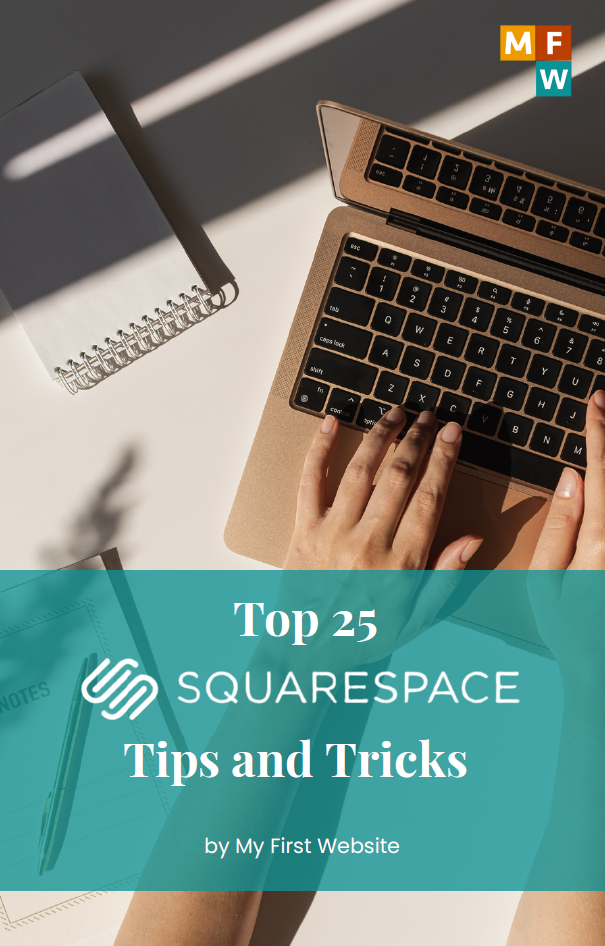As your WordPress site gains more popularity and attracts more visitors, it increases the volume of traffic; your website requires better infrastructure, planning, and resources to ensure that it can handle the crowd smoothly and efficiently. In the digital realm, this implies that you need to ensure that your website can handle high traffic without crashing or experiencing slowdowns, which can result in a poor user experience for visitors. To help you manage increased traffic effectively, we have prepared a complete guide focusing on optimizing your site’s performance and managing your server so your WordPress site can scale and accommodate a larger audience seamlessly.
Understanding the Challenge of Scaling
Scaling a website means preparing it to handle more visitors at once without any hiccups. For WordPress, which powers everything from tiny blogs to large commercial sites, scalability is crucial as your audience grows. If your site slows down or crashes during high traffic, it could lead to lost revenue, lower search engine rankings, and a damaged reputation.
Performance Optimization: Making Your Site Faster and More Efficient
Before adding more server power, ensure your site is as efficient as possible. Performance optimization is about making your site run faster and smoother, even under pressure.
- Optimize Images
Heavy images can dramatically slow down your site. Use tools to compress images without losing quality, and ensure images are not larger in dimension than necessary. Consider using modern formats like WebP, which provide high-quality images at smaller file sizes.
- Use a Content Delivery Network (CDN)
A CDN stores copies of your site’s content on a network of servers worldwide. When someone visits your site, they are served content from the closest server, significantly speeding up loading times.
- Caching Is Your Friend
Caching temporarily stores content copies to reduce the work needed to generate a page view. There are several types of caching:
- Page Caching: Stores the entire HTML of a page.
- Browser Caching: Allows visitors’ browsers to store specific files and load them from their local storage on subsequent visits.
- Object Caching: Saves database queries to memory, particularly useful for dynamic sites with heavy content.
- Clean Up WordPress
Over time, your WordPress site can store unnecessary data, such as old revisions, spam comments, and outdated metadata, slowing down your site. Regularly cleaning up your WordPress database will keep it running smoothly.
- Choose and Configure Themes and Plugins Wisely
Choose well-coded and maintained themes and plugins. Poorly coded themes or too many plugins can speed up your site. Also, deactivate and delete any plugins you don’t use.
Server Management: Upgrading and Tweaking Your Hardware
Sometimes optimizing isn’t enough—especially if your site continues to grow. At this point, looking at your server setup and making changes or upgrades can help.
- Upgrade Your Hosting Plan
If you started on a shared hosting plan, you might need to upgrade to something more potent like VPS (Virtual Private Server) or dedicated hosting. These plans offer more resources and better handling of high traffic.
Here’s why a VPS upgrade is needed:
- Speed Boost: VPS plans come with zippy SSD storage, making your website load lightning fast, like having more Wi-Fi bandwidth for your entire audience.
- Room to Grow: With VPS, you can easily increase your website’s resources as it grows in size and complexity. This means that you can handle increased traffic and maintain optimal website performance without worrying about outgrowing your hosting plan.
- Security First: Virtual Private Server (VPS) hosting plans are designed to provide enhanced security measures to safeguard your website against various cyber threats, including hacking attempts, malware attacks, and unauthorized access. These plans offer advanced security features such as firewall protection, regular security updates, and intrusion detection systems to ensure that your website and its data remain secure and protected at all times.
Here are the options:
- Hostinger VPS: Starting at just $2.99/month (with a generous 3-month free trial!), Hostinger offers budget-friendly VPS plans that put you in the driver’s seat. These plans are perfect if you’re comfortable with technical tinkering. Get your Hostinger VPS here.
- Bluehost VPS: Starting at $31.99/month, Bluehost offers a powerful VPS option with top-notch security features. This option is perfect if you need maximum reliability and have a bigger budget. Get your Bluehost VPS here.
- Managed WordPress Hosting
Consider switching to managed WordPress hosting, where the hosting provider handles all the technical aspects of running WordPress. This can be beneficial because managed hosting is explicitly optimized for WordPress performance and security.
- Monitor Your Server’s Performance
Keep an eye on how your server handles traffic spikes. Tools like Load Impact or New Relic can simulate high traffic and show how your site performs under stress, helping you identify bottlenecks.
- Scalable Architecture
If your website grows to the point where even high-tier hosting plans are insufficient, you might need a scalable cloud solution that allows you to increase server resources on demand. Services like Amazon Web Services, Google Cloud, and Microsoft Azure allow adding more power during traffic surges.
Proactive Security Measures
High-traffic sites are often targets for cyber-attacks, so strengthening your security measures is crucial as you scale.
- Regularly Update and Backup
Keep WordPress, themes, and plugins updated to the latest versions, as updates often include security patches. Also, ensure you have regular, automated backups of your site.
- Implement Strong Access Controls
Use strong passwords, limit login attempts, and consider two-factor authentication to protect your admin area.
Conclusion
Scaling your WordPress site for high traffic isn’t just about reacting to growth but planning for it. By optimizing performance and managing your server’s resources wisely, you can ensure that your site remains fast and reliable no matter how many visitors you get. Remember, a fast-loading and smooth-running website keeps your current visitors happy and attracts new ones. As you implement these strategies, keep monitoring, testing, and adjusting your approach based on what works best for your situation.
Ready to Upgrade Your Website?
If you’re inspired to start or upgrade your WordPress website, we’re here to help. Check out our website for more deals and claim our Free Website Setup.







